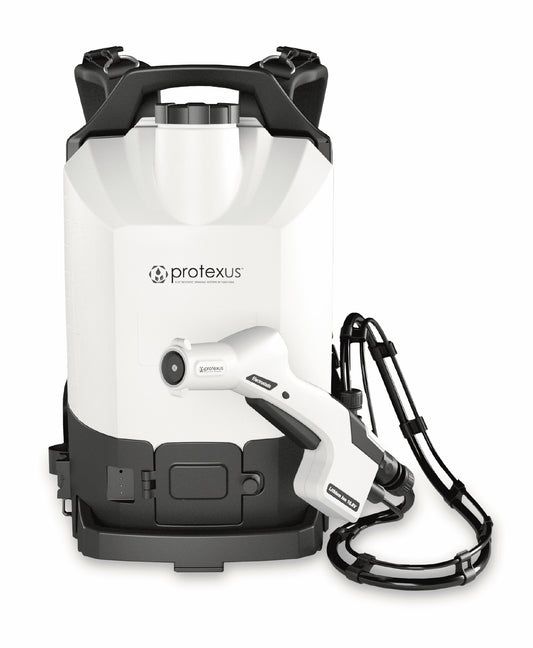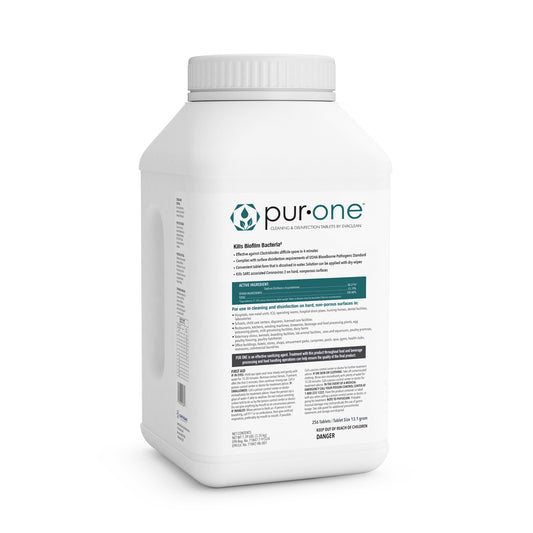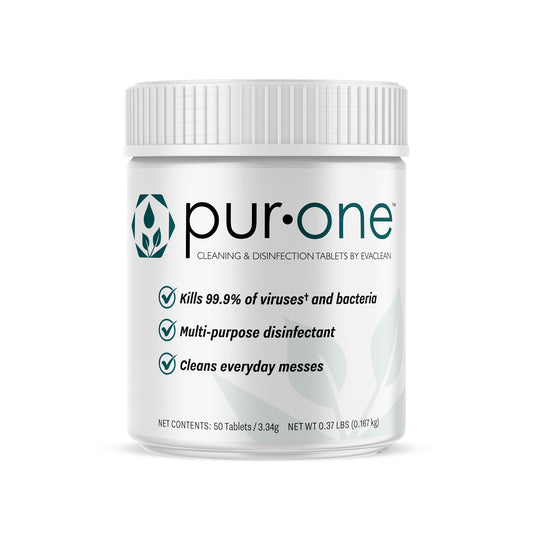Every day, we come into contact with various surfaces and environments that can harbor pathogens capable of causing illnesses, especially during peak flu season. Whether at home, in the office, or in public spaces, microorganisms like bacteria, viruses, and fungi are ever-present. Regular cleaning and disinfection play a critical role in minimizing our risk of exposure to these pathogens and, consequently, our chances of getting sick. In this article, we’ll explore the connection between cleaning, disinfection, and flu or other illness prevention, as well as some practical steps you can take to maintain a healthier environment.
The Role of Pathogens in Illness
Pathogens, including bacteria, viruses, and fungi, are tiny organisms that can cause diseases. These microorganisms can easily spread through contact with contaminated surfaces, airborne particles, or through human interaction. When someone touches a contaminated surface and then touches their face, particularly their mouth, nose, or eyes, they can unknowingly introduce pathogens into their body. Some of the most common illnesses spread by pathogens include:
- Influenza: The flu is highly contagious. Viruses are transmitted any number of ways including surfaces that have been contaminated by touch or by respiratory droplets. Viruses like rhinoviruses (colds) and influenza (flu) can survive on hard surfaces and objects for hours to days, depending on environmental conditions, making them highly transmissible.
- Respiratory Syncytial Virus (RSV): RSV can live on surfaces for many hours and on unwashed hands for 30 minutes or more.
- Gastrointestinal infections: Pathogens like norovirus and E. coli can spread through contact with contaminated surfaces, leading to stomach flu and food poisoning.
- Skin infections: Bacteria like Staphylococcus aureus (including MRSA) can thrive on surfaces and spread through skin contact.
- COVID-19: Although primarily spread through respiratory droplets, COVID-19 can also persist on surfaces and cause infection if the virus comes into contact with the mucous membranes.
How Proper Cleaning and Disinfection Helps Prevent Illness
Preventing the spread of the flu and respiratory viruses requires a comprehensive approach that includes hand washing, covering nose/mouth when sneezing or coughing, and vaccinations. However, it’s important to remember that surface disinfection is as crucial as all these strategies combined.
- Reducing the Pathogen Load: Regular cleaning and disinfection reduce the number of germs on surfaces. By minimizing the pathogen load, you lower the chances of transmission and infection.
- Interrupting the Chain of Infection: The chain of infection involves a series of steps that allow pathogens to spread from one host to another. Cleaning and disinfection effectively break this chain by removing pathogens from surfaces that might otherwise serve as vehicles for disease.
- Protecting Vulnerable Individuals: In environments where vulnerable individuals are present, such as hospitals, nursing homes, or households with young children or elderly adults, cleaning and disinfection are especially critical. People with weakened immune systems are more susceptible to infections, and proper sanitation practices can help protect their health.
- Preventing Cross-Contamination: In environments like kitchens and bathrooms, pathogens can easily spread from one surface to another. For example, raw meat can introduce bacteria like Salmonella or E. coli onto kitchen surfaces, which can then transfer to utensils or hands and ultimately to other foods. Regular disinfection in such spaces helps prevent this cross-contamination, making food preparation safer.
Practical Steps for Effective Cleaning and Disinfection
To help protect from highly contagious illnesses and mitigate transmission, here are 7 Key Surface Disinfection Considerations:
- Clean Then Disinfect: Cleaning removes physical debris and some germs, which can then allow the disinfectant to work more effectively. For instance, if there is visible dirt on a surface, disinfectants like bleach may not penetrate it fully, making it less effective at killing germs.
- Use the Right Cleaning Products: For effective cleaning, use products designed to remove dirt and grime, like all-purpose cleaners. For disinfection, opt for EPA-approved disinfectants that are proven to kill viruses and bacteria. Ideally, get the best of both worlds with a product that cleans and disinfects like EarthSafe’s PurOne tablets. PurOne's EPA-approved formula is effective against a broad range of viruses and bacteria, providing peace of mind in just one step! Always follow the manufacturer’s instructions regarding proper use, dilution, and contact time to ensure maximum effectiveness.
- Choose Non-Toxic: Look for cleaning products like EarthSafe’s HOCI disinfectants that are biodegradable, have a neutral pH and a triple zero HMIS rating, as well as fall into the EPA’s lowest category for inhalation toxicity.
- Don’t Forget Food Surfaces: Many disinfectants are unsafe to use on food surfaces, especially if they are not rinsed well afterward. Make sure to use an NSF D2 certified food contact surface safe sanitizer like EarthSafe’s PurTabs in dining and food preparation areas. And with PurTabs, there’s no rinsing required.
- Know the Hotspots: High-touch surfaces, such as doorknobs, light switches, phones, and bathroom fixtures, should be cleaned and disinfected frequently. These areas are often touched by multiple people throughout the day and can serve as hotspots for germ transmission. Disinfect shared Items like office equipment, gym equipment, and communal kitchen tools should also be disinfected frequently to reduce the spread of germs in shared environments.
- Don’t Cross-Contaminate: Use disposable or single-use wipes in each area to avoid spreading contamination from surface to surface. EarthSafe’s PurOne Environmental Wipes System is the perfect solution.
- Enhance Protection: Increase frequency of cleaning and disinfection during peak flu season. Also, leverage electrostatic sprayer technologies for touchless disinfection that reaches every surface without risk of cross contamination. Ensure the chemical used is EPA-registered for electrostatic application. For example, PurTabs disinfectant tablets are specially formulated for Protexus Electrostatic Sprayers.
Creating a Routine for a Healthier Environment
To maintain a cleaner, healthier environment, establish a cleaning and disinfection routine. Here’s a simple guide for different environments:
- At Home: Focus on high-touch areas, such as doorknobs, countertops, bathroom surfaces, and electronics. Consider cleaning these areas daily and disinfecting them at least once a week or more frequently if someone is sick.
- In the Office: Workstations, phones, and shared office equipment like printers should be cleaned daily. High-traffic areas like breakrooms and restrooms need regular disinfection to keep the space safer for all employees.
- Public Spaces: In areas like schools, gyms, and public transportation, regular cleaning and disinfection are essential to minimize the spread of germs. Public facilities should implement comprehensive sanitation schedules to target high touch surfaces multiple times a day.
The Benefits of a Clean Environment
Cleaning and disinfection are not only about illness prevention; they also have additional benefits that contribute to overall well-being. A clean environment can reduce allergens, improve indoor air quality, and create a more pleasant, inviting space. For businesses, a clean environment can promote employee health, reduce absenteeism, and boost productivity. In schools, regular cleaning and disinfection can contribute to a healthier learning environment and reduce the spread of infections among students and staff.
Final Thoughts
Cleaning and disinfection are powerful tools in the fight against the flu and other illnesses. By understanding the importance of these practices and incorporating them into your daily routine, you can protect yourself and others from a wide range of infections. Whether you’re cleaning your home, your workplace, or a public space, stay ahead of illness this season by choosing the EarthSafe Infection Prevention System– a simple solution for a healthier, safer environment!






